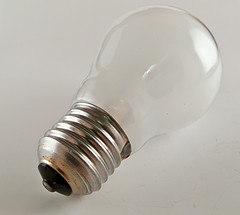
My co-blogger Branko thought of me right away when he saw the Wooll-e, a lamp I could have in my way too dark office without drilling holes in the wall, which I’m not allowed to do.
No more need for screws or nails as wooll-e is a unique ready to hang lamp. The wooll-e is a lamp that doesn’t require any tools. Only a power outlet and blank wall space. Designed to be quick-‘n- easy. No more drilling holes in your walls. Simply stick the wooll-e discs on your wall and the wooll-e FIX will do the rest!
The felt sleeves of the wooll-e (hence the name is my guess) are handmade from 100% Dutch wool. Even the power cords come in different colours. For 5 euro of funding towards this Indiegogo crowdfunding project, you’ll get a thanks, and for anything starting at 95 euro, you get a lamp with combo packs going for up to 210 euro.
(Link: www.indiegogo.com, Photo of Lightbulb by Emil Kabanov, some rights reserved)

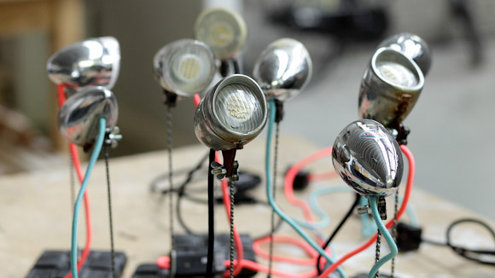
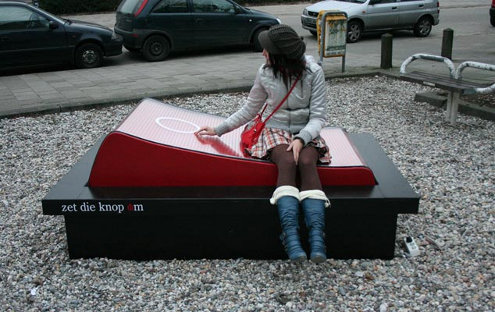
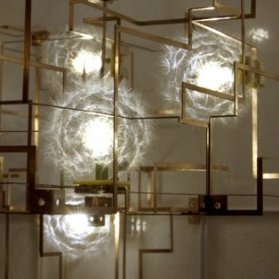 Studio Drift has won the audience award of Summer Expo 2011 with its
Studio Drift has won the audience award of Summer Expo 2011 with its 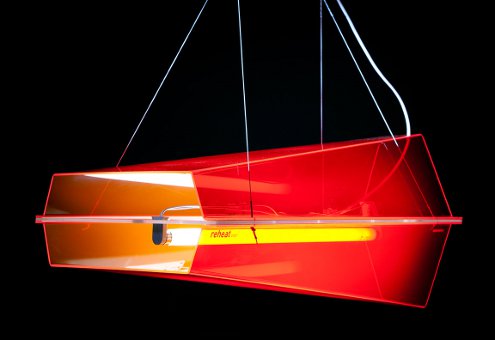
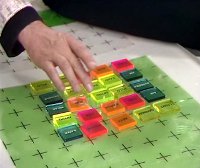
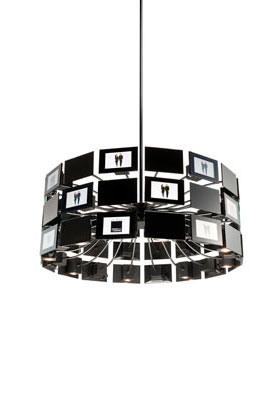
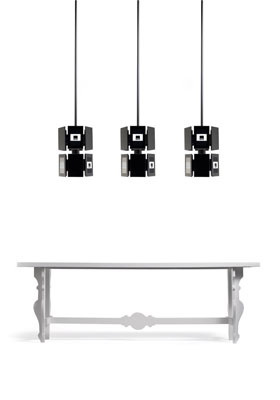
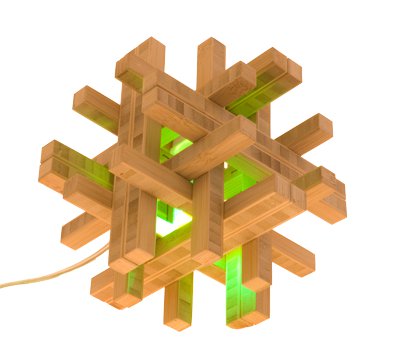
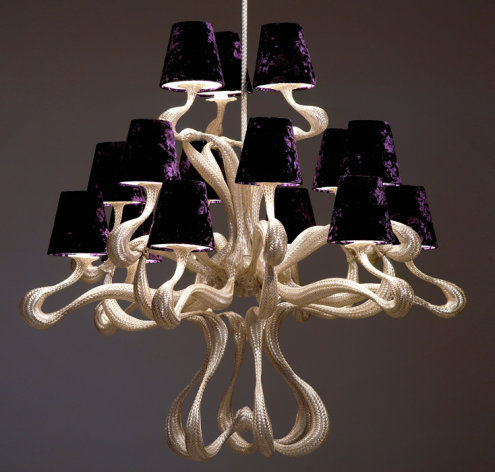
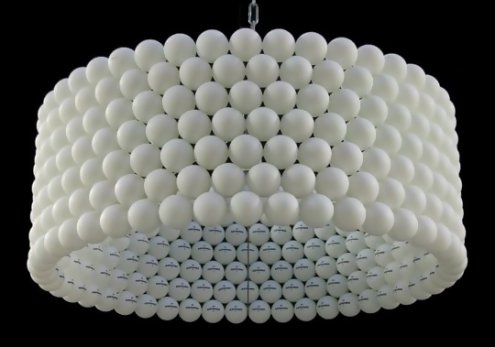
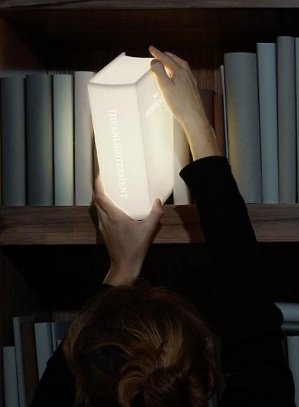 Ad agency Studio Meiboom in Harderwijk came up with this
Ad agency Studio Meiboom in Harderwijk came up with this